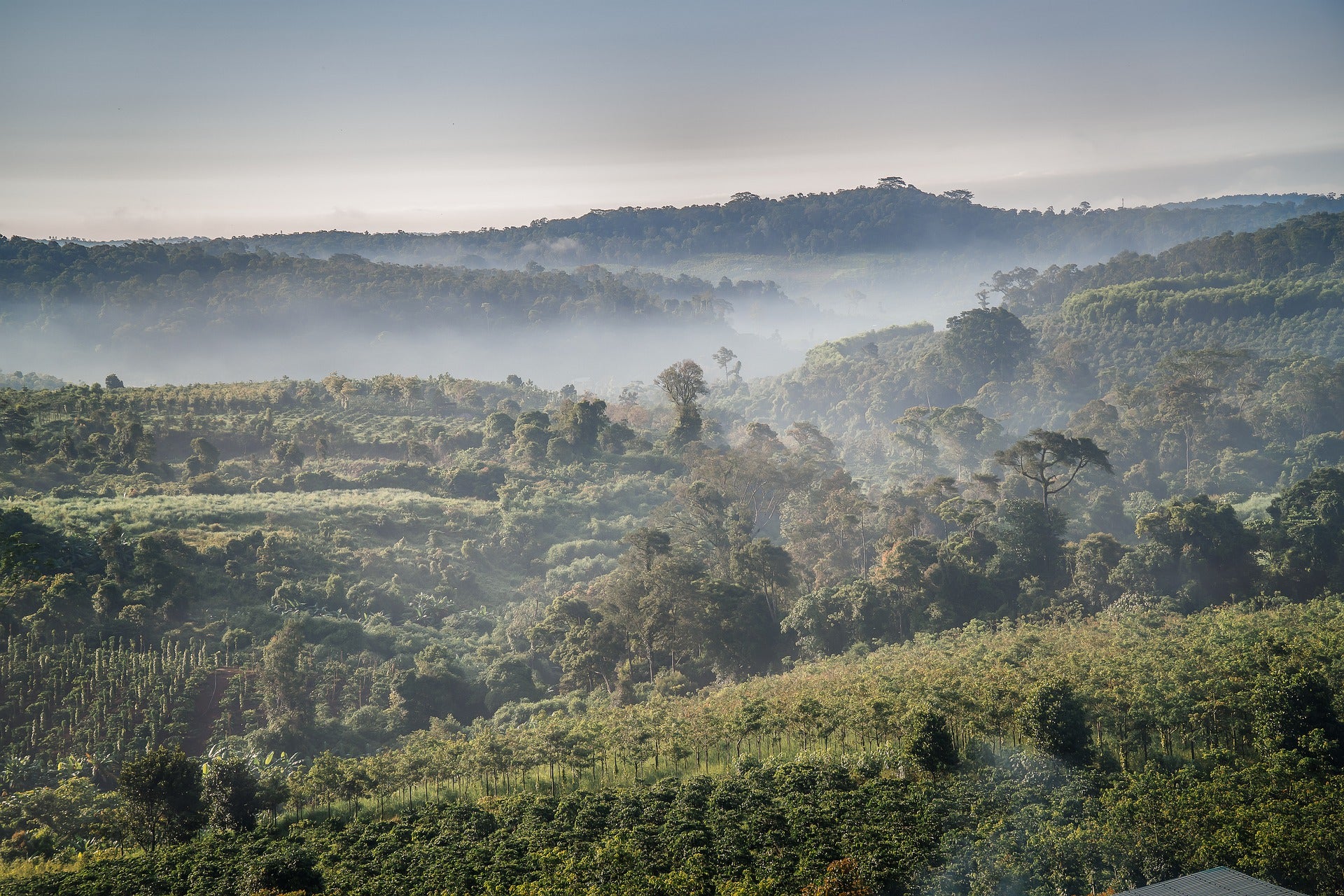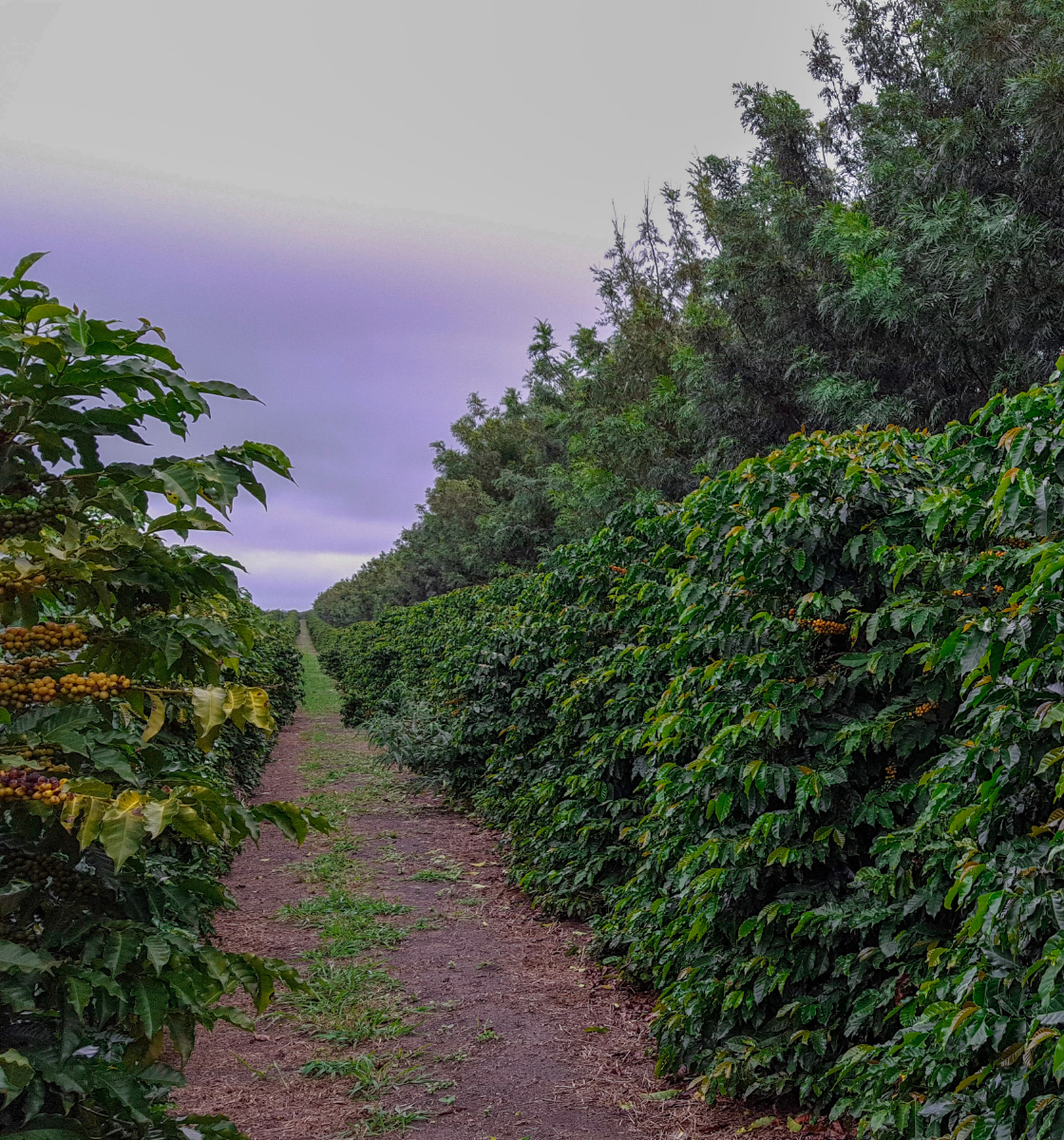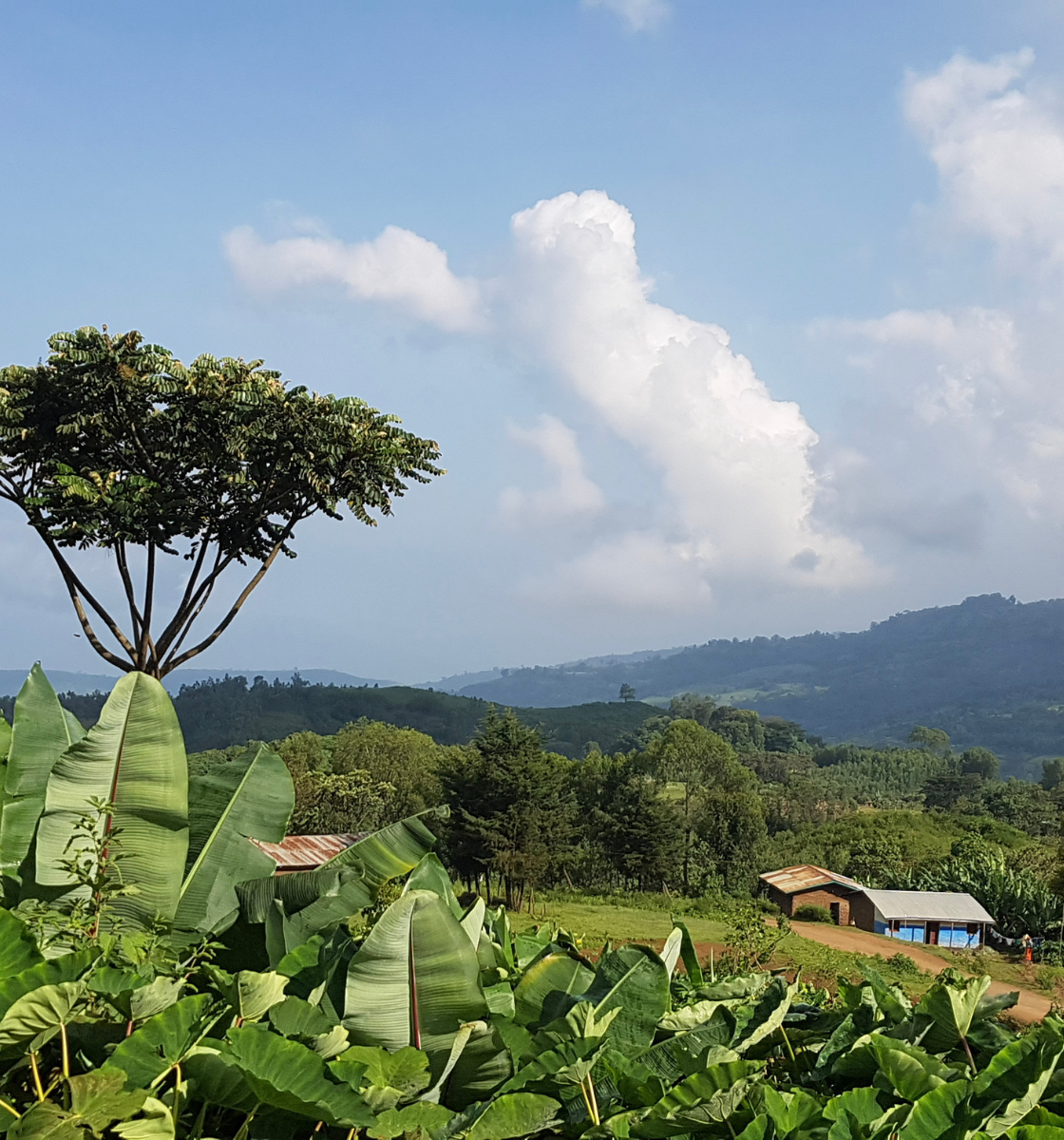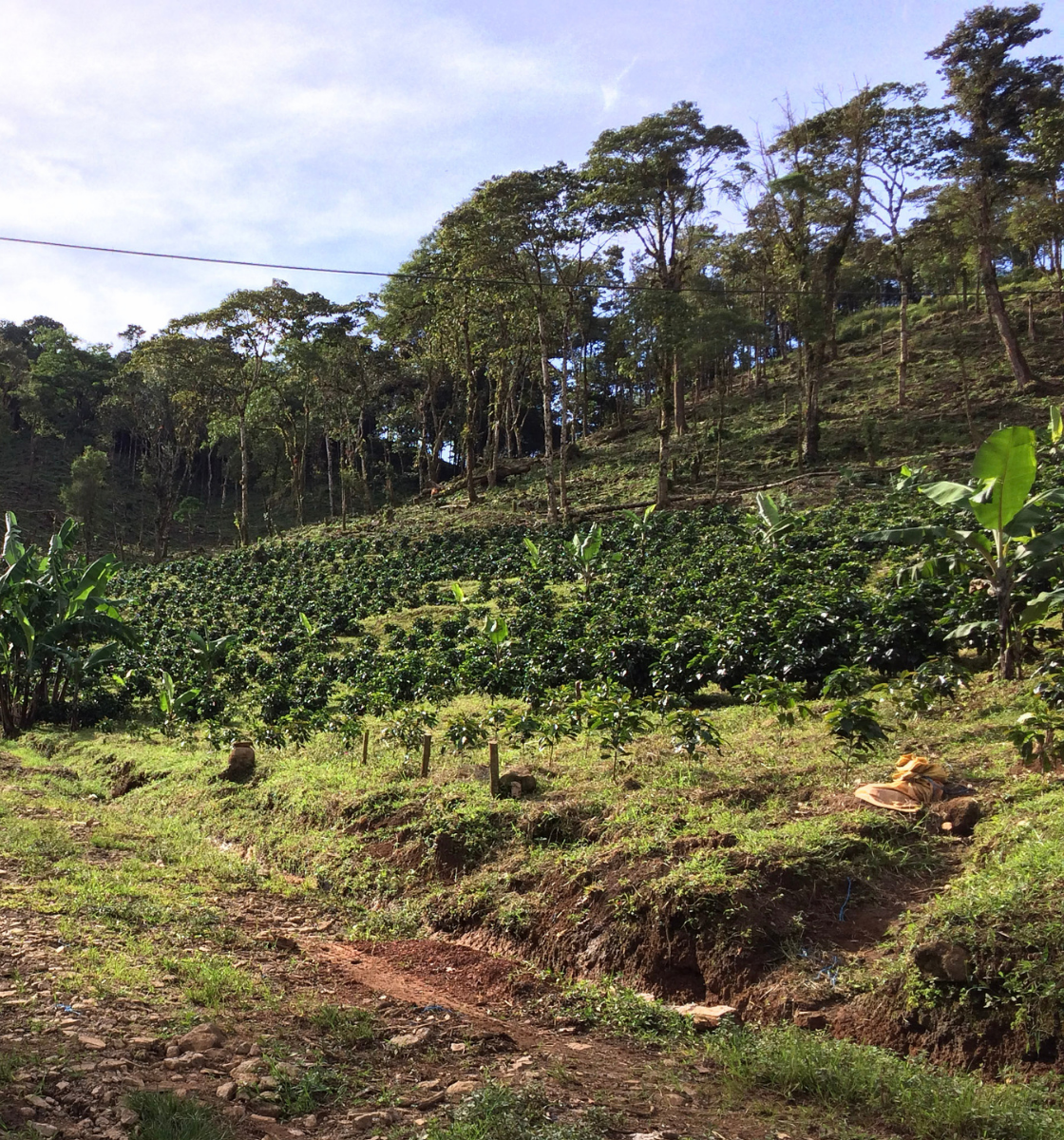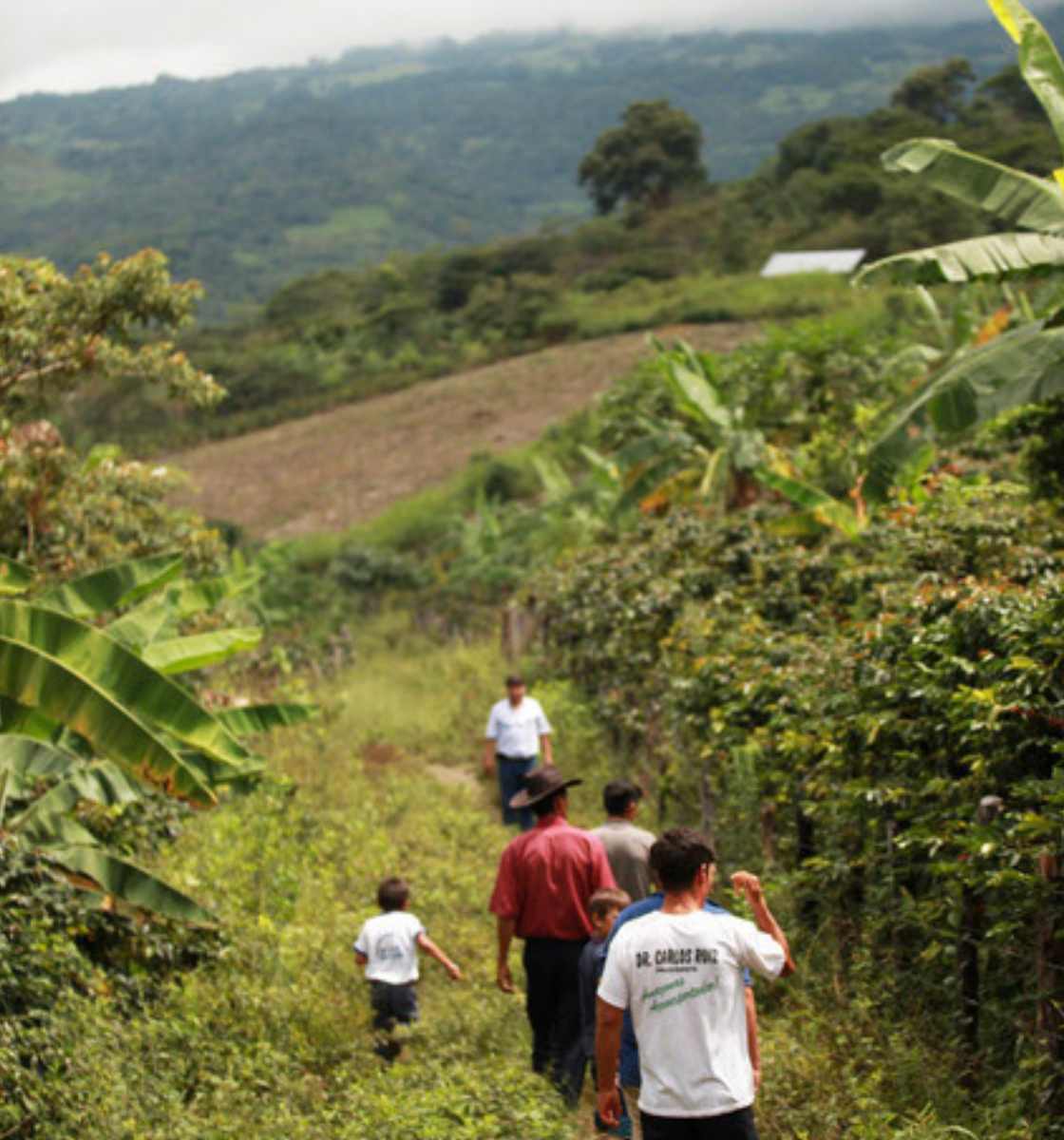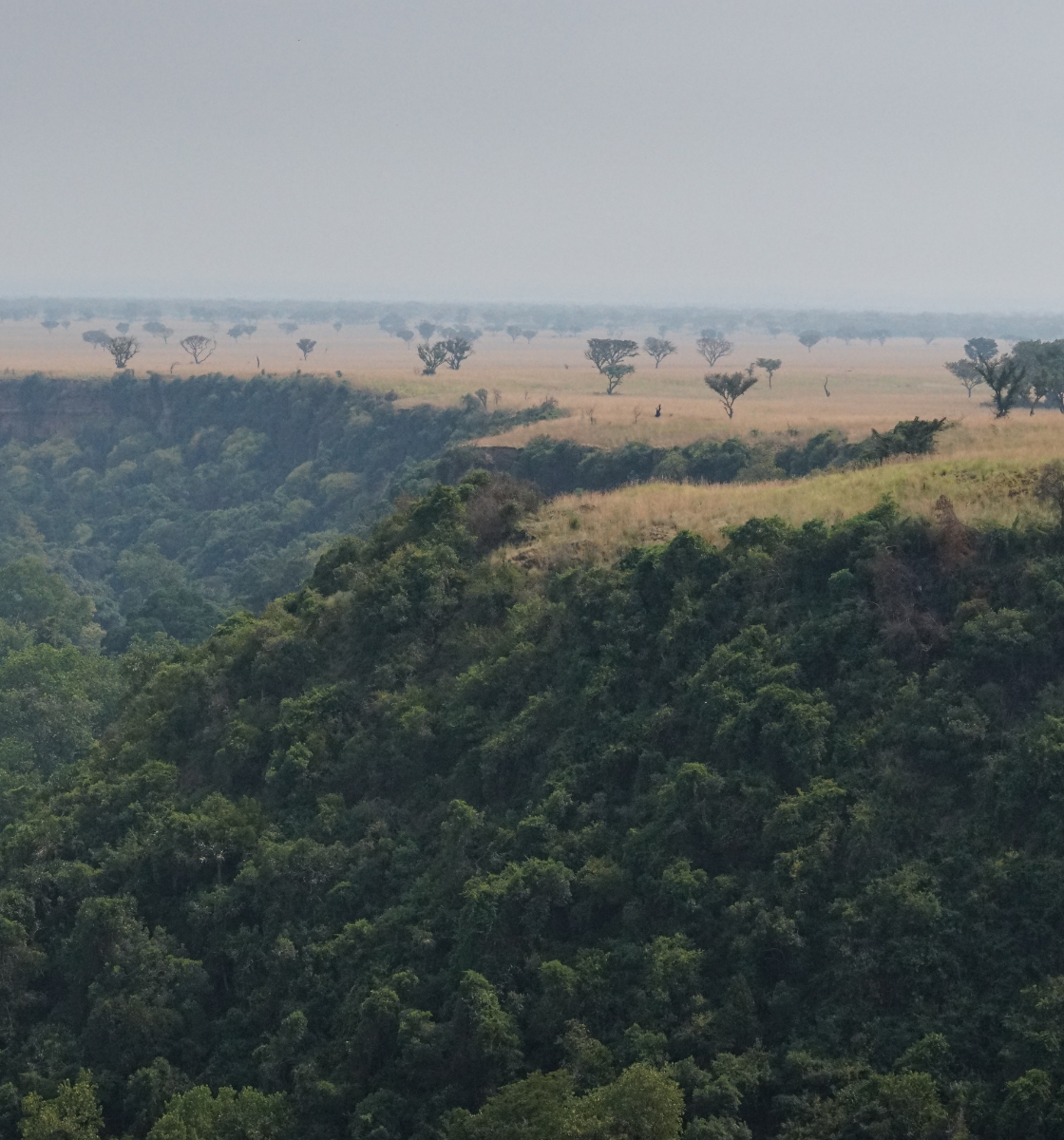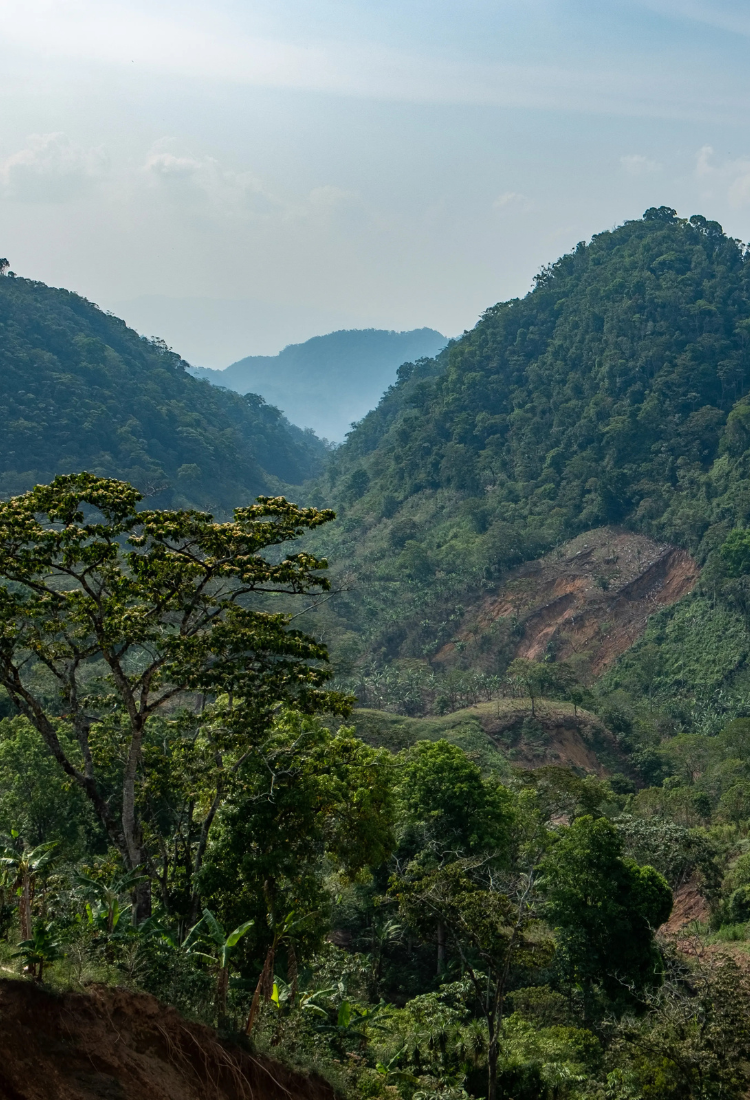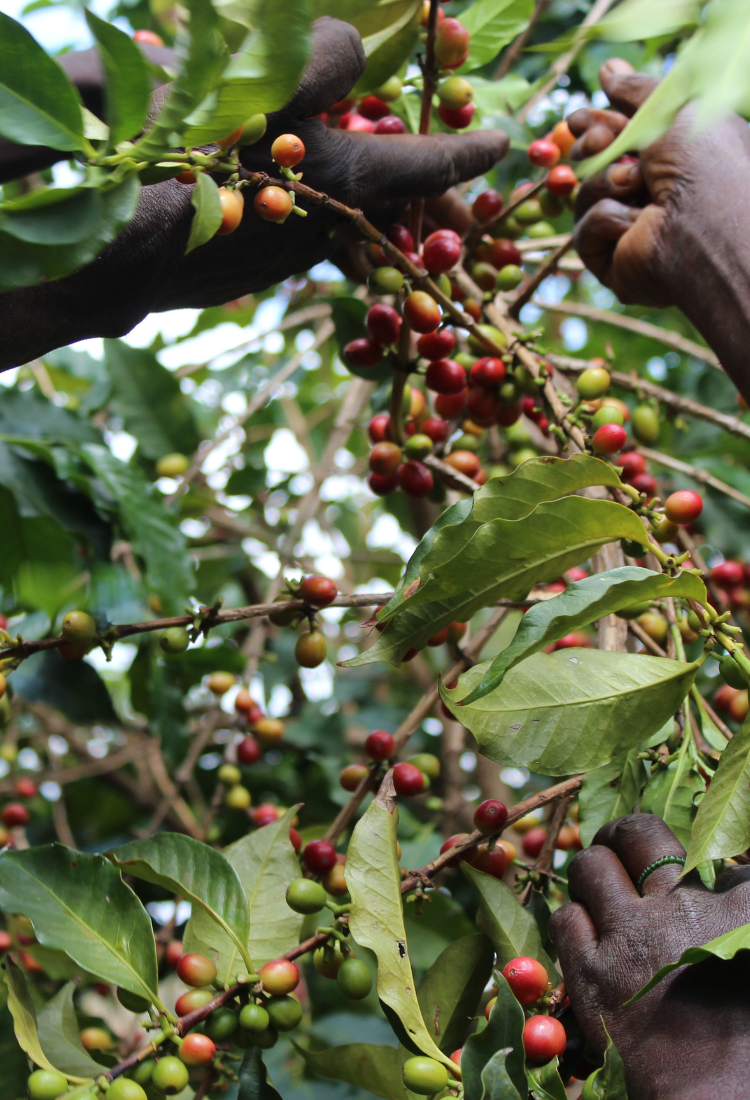Panama
Kaffeproduktionen i Panama har en lang og rig historie, der går tilbage til slutningen af det 19. århundrede. De første kaffeplanter blev introduceret til Panama i 1850'erne af spanske immigranter og blev hurtigt en vigtig del af landets landbrugsindustri.
I begyndelsen af det 20. århundrede oplevede Panama et boom i kaffeproduktionen, hvor mange store kaffeplantager blev etableret i Chiriqui-provinsen. Dette område blev kendt for sin kaffe af høj kvalitet, og i 1930'erne eksporterede Panama store mængder kaffe til Europa og Nordamerika.
Midt i det 20. århundrede oplevede kaffeproduktionen i Panama dog et fald på grund af en kombination af faktorer, herunder tab af jord til andre afgrøder, spredning af sygdomme og manglende investeringer i kaffeproduktionen. Som følge heraf faldt kaffeproduktionen dramatisk, og i 1980'erne var den ikke længere en væsentlig del af landets økonomi.
I de senere år har kaffeproduktionen i Panama oplevet en genopblomstring, delvist drevet af den stigende efterspørgsel efter specialkaffe af høj kvalitet. Dette har ført til udviklingen af nye kaffesorter, såsom den berømte Geisha-kaffe, samt væksten i småskala kaffeproduktionssamfund.
I dag er Panama igen en betydelig kaffeproducent med en blomstrende specialkaffeindustri, der eksporterer kaffe af høj kvalitet til kaffeglade mennesker verden over. Landets kaffeindustri fortsætter med at vokse og udvikle sig og er en vigtig del af Panamas økonomi og kulturarv.

Blog posts

Hvert år ryddes millioner af hektar skov for at skabe plads til landbrug. For at imødegå dette har EU vedtaget nye regler, der kræver, at en række råvarer, herunder kaffe, kun kan sælges i Europa, ...
Læs mere
Under Trækronerne: Kaffedyrkning mellem skygge og sol
Der findes ikke én rigtig måde at dyrke kaffe på. Den rigtige tilgang afhænger af klima, sort, dyrkningsmetoder og, vigtigst af alt, levebrødet for dem, der driver gården. Begrebet ‘skygge-dyrket’ ...
Læs mere
Vores Head Roaster svarer på de 10 mest stillede kaffespørgsmål
Vi har sat os sammen med Ante Bikic, vores Head Roaster hos Amokka siden 2019, og stillet ham nogle af de mest almindelige spørgsmål, vi får om kaffe. Med rolig og teknisk tilgang trækker han på næ...
Læs mere

